
- Workers are in such short supply that there are nearly twice as many open jobs as there are workers to fill them.
- Companies are deciding where to locate and expand based largely on the availability of workers in a given location.
- CNBC’s annual America’s Top States for Business study evaluates every state’s workforce. It is the most important category in calculating the 2023 rankings.
Where have all the workers gone? The question is plaguing everyone from business owners to policymakers to consumers.
With many more job openings in the U.S. than there are people available to fill them, companies are increasingly deciding where to set up shop based on where the workers are.
"The states that have continued to win with net inward migration are the ones that companies really are dialed in on," said Tom Stringer, a principal and manager of BDO's site selection and incentive practice.
Feeling out of the loop? We'll catch you up on the Chicago news you need to know. Sign up for the weekly Chicago Catch-Up newsletter here.
It is why CNBC's 2023 America's Top States for Business study, which scores all 50 states' business climates, pays special attention to each state's workforce. Under this year's methodology, the Workforce category carries the most weight among ten categories of competitiveness.
Josh Wright, an executive vice president with labor market research firm Lightcast, said this is more than just a temporary phenomenon due to the so-called "Great Resignation" during the pandemic. Rather, he said, it is a fundamental shift.
"We're seeing a mix of increased retirements, and fewer young people coming up through the ranks," he said. "So, there is just a confluence of demographic and labor market factors that are making it difficult to find people."
Money Report
To determine the states with America's top workforces, we consider the overall availability of workers. We look at net migration of college educated workers, educational attainment of the workforce, the concentration of science, technology, engineering and math (STEM) talent, as well as workers with industry-recognized certificates and the pipeline of students in career education programs. We evaluate state worker training programs, and we consider right-to-work laws that protect employees who decline to join a union. We also consider worker productivity in terms of economic output per job.
In 2023, these ten states are winning the war for workers.
9. (tie) Tennessee
The Volunteer State is doing an outstanding job getting people to step up and move there. It is also a right-to-work state. Tennessee lags in STEM talent and overall educational attainment, but its worker training programs perform well. According to U.S. Department of Labor data, 83% of participants are employed within six months of completing their training.
2023 Workforce score: 245 out of 400 points (Top States grade: B)
Net Migration Rank: No. 9
Adults with Bachelor's Degree or higher: 29%
Career Education Credential: 15.1%
STEM Workers: 5.3%
Right to Work State? Yes
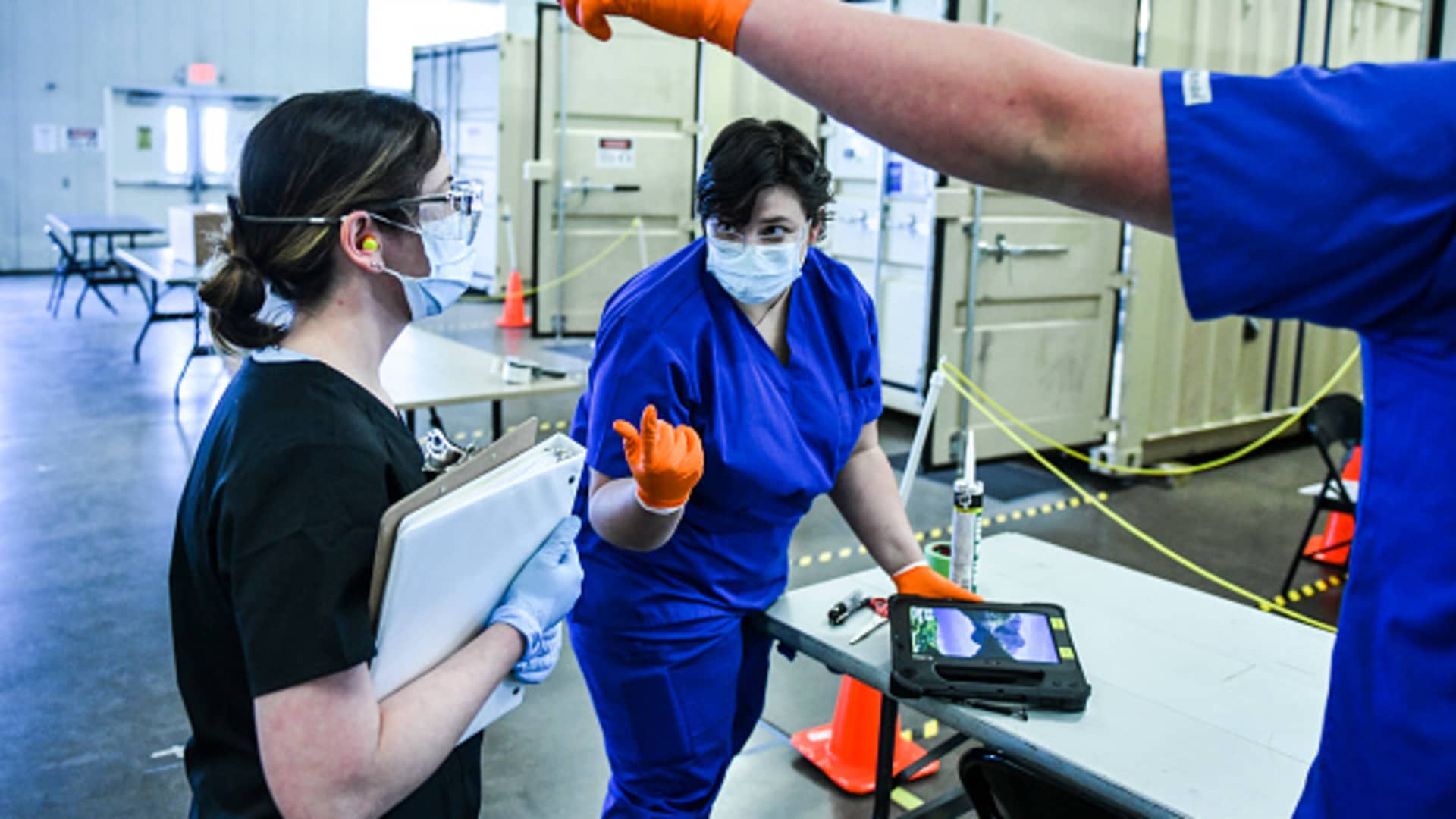
9. (tie) Colorado
The Centennial State boasts America's second-best educated workforce (after Massachusetts), and one of the largest concentrations of tech talent. Colorado's worker training programs lag, however. While not technically a right-to-work state, the Colorado Labor Peace Act offers protections for employees who decline to join a union and requires a 75% vote to create a union shop. The state describes it as a hybrid law.
2023 Workforce score: 245 out of 400 points (Top States grade: B)
Net Migration Rank: No. 22
Adults with Bachelor's Degree or higher: 42.8%
Career Education Credential: 14.8%
STEM Workers: 9.3%
Right to Work State: Hybrid
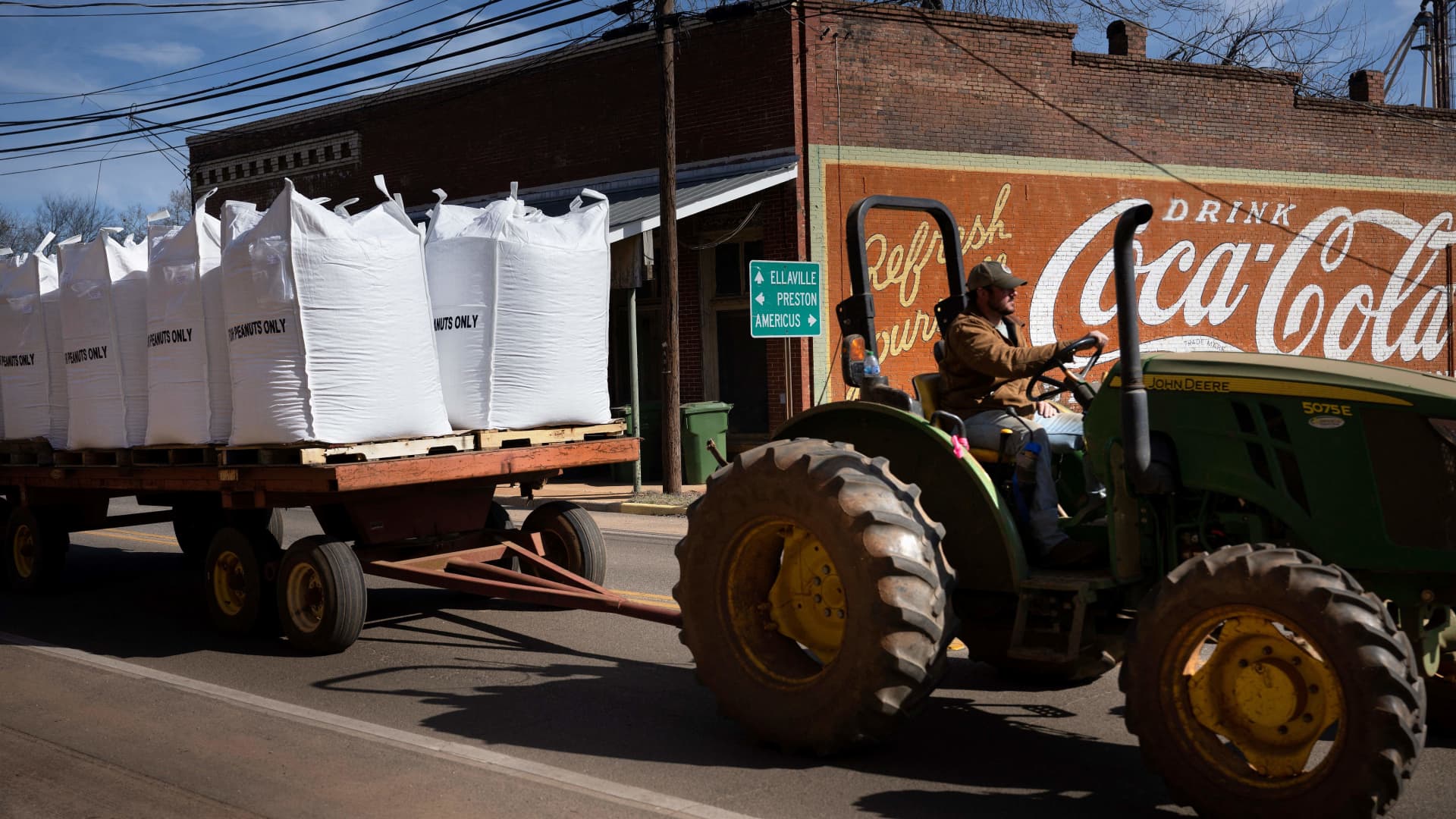
8. Georgia
While people have begun returning to the workforce, the Peach State still faces a labor shortage with unemployment hovering around 3%. But the state is doing a good job attracting workers, and those workers are productive. Georgia is a right-to-work state, with a relatively high concentration of tech talent.
2023 Workforce score: 250 out of 400 points (Top States grade: B+)
Net Migration Rank: No. 8
Adults with Bachelor's Degree or higher: 33%
Career Education Credential: 15%
STEM Workers: 6.2%
Right to Work State? Yes
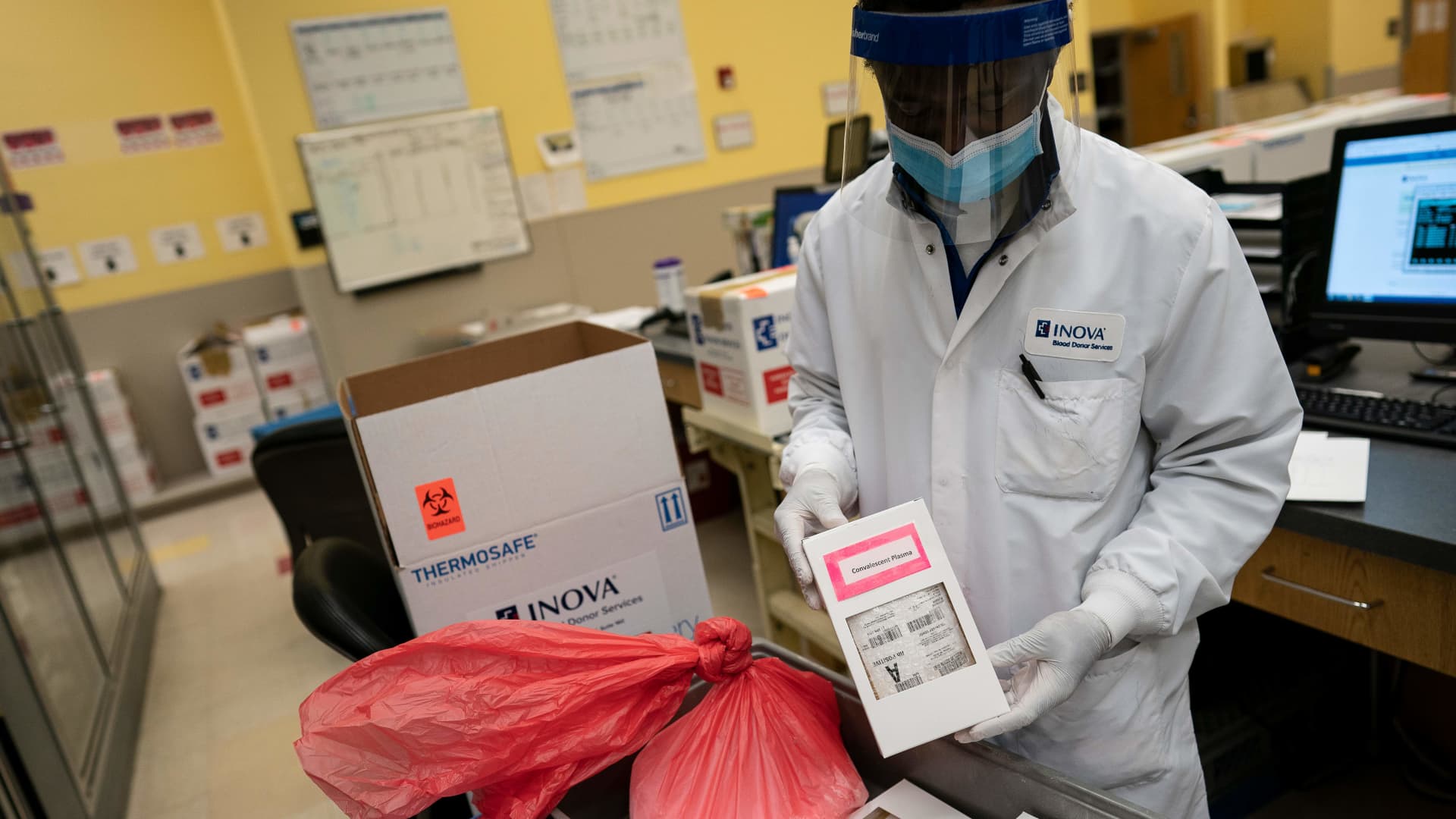
7. Virginia
Few states have assembled the caliber of talent that the Old Dominion has, including the nation's third highest concentration of STEM workers. Virginia's higher education system is world class, though its pipeline of high school students in career education programs could use a boost. Migration to the state is also lagging.
2023 Workforce score: 252 out of 400 points (Top States grade: B+)
Net Migration Rank: No. 40
Adults with Bachelor's Degree or higher: 40.3%
Career Education Credential: 15.2%
STEM Workers: 9.4%
Right to Work State? Yes

6. Utah
The Beehive State gets its nickname from the industriousness of its people, and these days they are functioning at a high level, with a large concentration of tech talent in the state's growing Silicon Slopes region. Utah is also a leader in career education. It has the nation's second-largest concentration of workers with industry credentials or two-year degrees (after Wyoming), and a full pipeline of young people learning skilled trades.
2023 Workforce score: 264 out of 400 points (Top States grade: A-)
Net Migration Rank: No. 32
Adults with Bachelor's Degree or higher: 35.4%
Career Education Credential: 23.6%
STEM Workers: 7.6%
Right to Work State? Yes
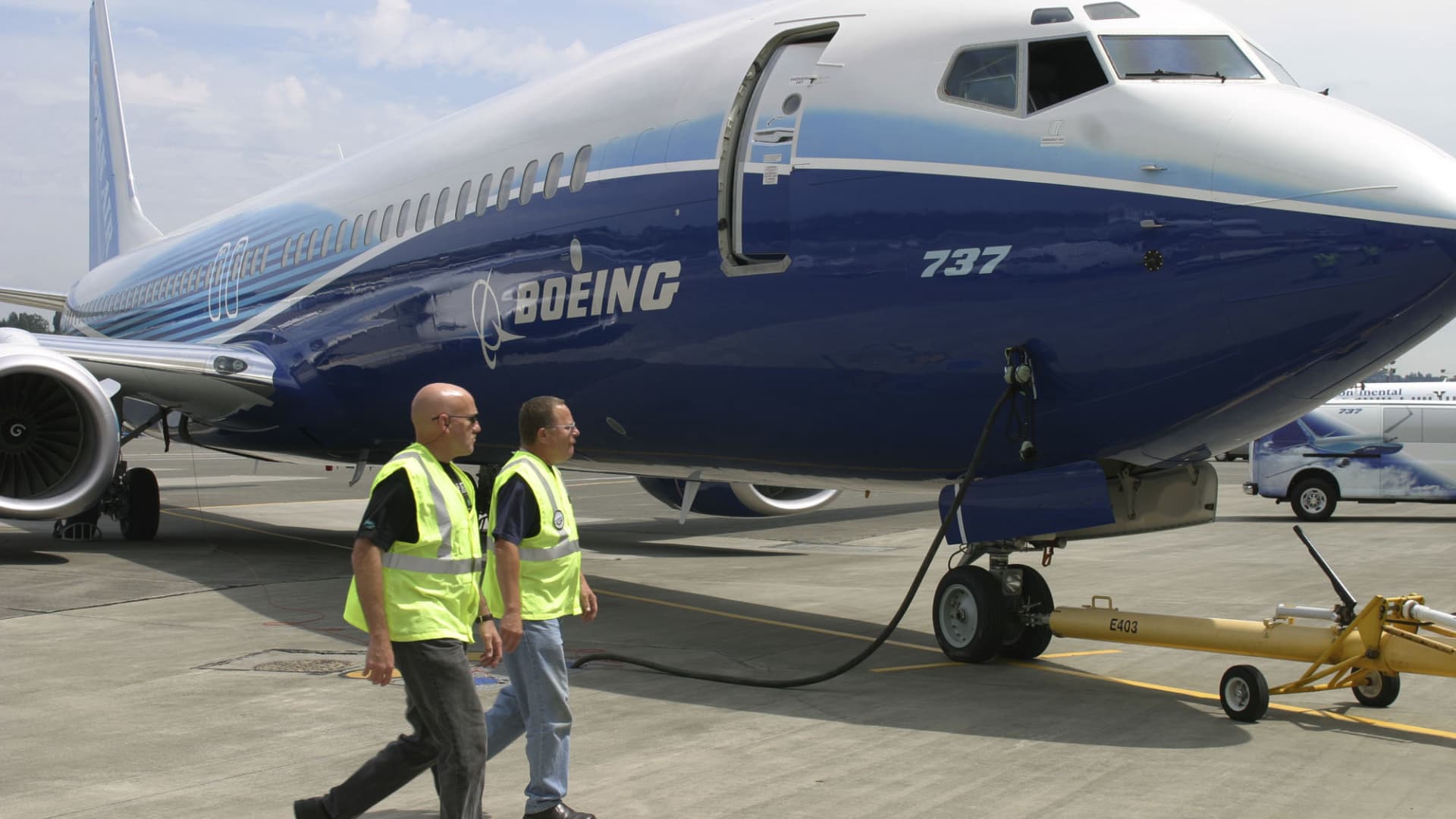
5. Washington
The Evergreen State boasts the nation's largest concentration of tech talent, and its workers are the second-most productive in the country, generating $160,482 in output per non-farm job last year (just behind New York), according to data from the Labor and Commerce departments. And with unemployment above the national average in Washington, more of that smart and productive talent is available to hire.
2023 Workforce score: 273 out of 400 points (Top States grade: A)
Net Migration Rank: No. 5
Adults with Bachelor's Degree or higher: 37.3%
Career Education Credential: 18.2%
STEM Workers: 10.4%
Right to Work State? No

4. Delaware
With unemployment above the national average, the First State has a ready supply of smart and productive workers. The state has a large concentration of STEM talent, and worker training programs also outperform much of the country. While Delaware might not get a lot of attention as a destination, it finishes in the upper half for net migration.
2023 Workforce score: 275 out of 400 points (Top States grade: A)
Net Migration Rank: No. 21
Adults with Bachelor's Degree or higher: 33.6%
Career Education Credential: 14.5%
STEM Workers: 7.2%
Right to Work State? No
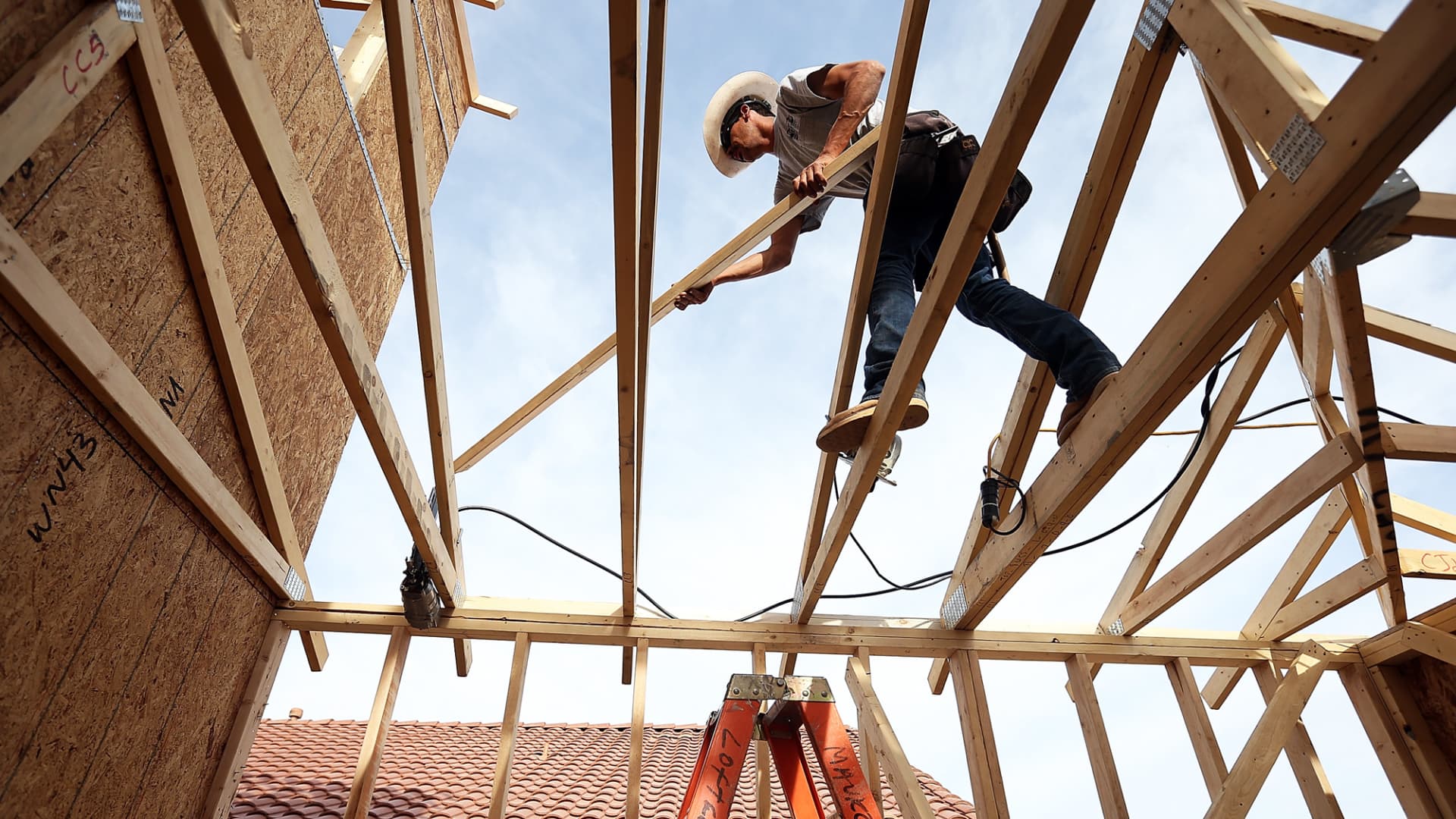
3. Arizona
Educated workers are flocking to the Grand Canyon State, and a growing number of them are highly skilled as the state boosts its tech sector. With unemployment roughly in line with the national average, worker shortages are not as severe as they are in some other states. Arizona is a right-to-work state with a solid career education system, though worker training programs could use some improvement.
2023 Workforce score: 276 out of 400 points (Top States grade: A)
Net Migration Rank: No. 3
Adults with Bachelor's Degree or higher: 31.2%
Career Education Credential: 22%
STEM Workers: 6.8%
Right to Work State? Yes

2. Texas
Texas is a talent magnet. Workers are pouring into the Lone Star state, many finding positions in tech fields as the state seeks to diversify its economy. Texas was also in the top ten for worker productivity. But Texas finished in the middle in terms of the educational attainment of its workforce, and its career education system is lacking. Still, companies that are looking for large numbers of workers in a vibrant state could do a whole lot worse.
2023 Workforce score: 278 out of 400 points (Top States grade: A)
Net Migration Rank: No. 4
Adults with Bachelor's Degree or higher: 31.5%
Career Education Credential: 15.4%
STEM Workers: 6.7%
Right to Work State: Yes

1. North Carolina
As the Tar Heel State's economy grows and broadens, it is attracting scores of talented workers. The state is also doing a solid job of retraining its existing workforce. More than 89% of participants in state workforce development programs are employed within six months. That is the third-best rate in the country. While the state's career education system could stand some improvement, there is plenty of talent to be found at all levels in North Carolina with America's top workforce, factor that led the state to finish No. 1 in this year's overall Top States rankings.
2023 Workforce score: 291 out of 400 points (Top States grade: A+)
Net Migration Rank: No. 6
Adults with Bachelor's Degree of higher: 33%
Career Education Credential: 15.4%
STEM Workers: 6.9%
Right to Work State: Yes






